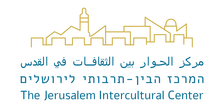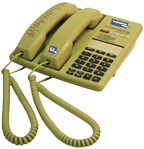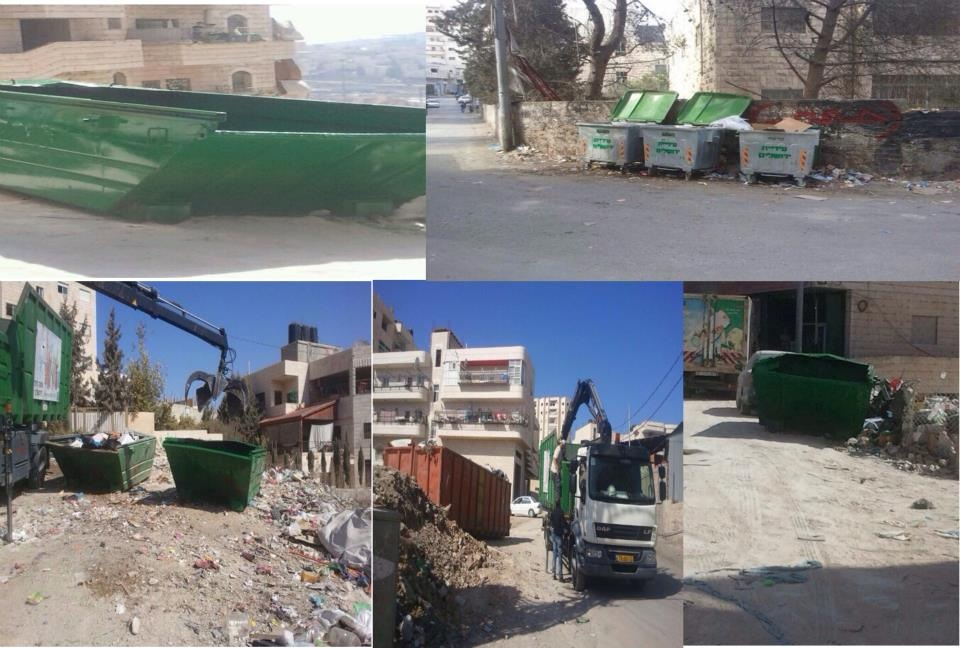Coming Soon: More Palestinian Physical Therapists in East Jerusalem
We just got the great news – results of the Israeli Ministry of Health’s certification exam in physical therapy – 4 of our Palestinian students passed the exam! This is a phenomenal result, since before we began offering this course it was rare that anyone passed the English exam, including English-speaking immigrants! The results also indicated that the curriculum in this pilot course was soundly based.
These students had studied physical therapy at an institution in the West Bank or Jordan, and needed to pass the exam to be able to work legally in East Jerusalem. We’ve been operating courses for occupational therapists and nurses since 2012, with the assistance of the Jerusalem Foundation and the Hadassah Foundation, but this was the first time we’d offered the course in this discipline.
There were 18 people in the first course. In addition to the 4 that passed, another 5 who almost passed. We are helping these students to study for the next exam, which will take place in April. In preparation, we will hold review sessions at the JICC, some with the instructors and some on their own, with the theoretical material that we’ve purchased.
In addition to helping course participants prepare for the next exam, we are also preparing for our next cohort of physical therapists. We are closely examining the method of study, and will make improvements and adaptations for new participants in 2014.









